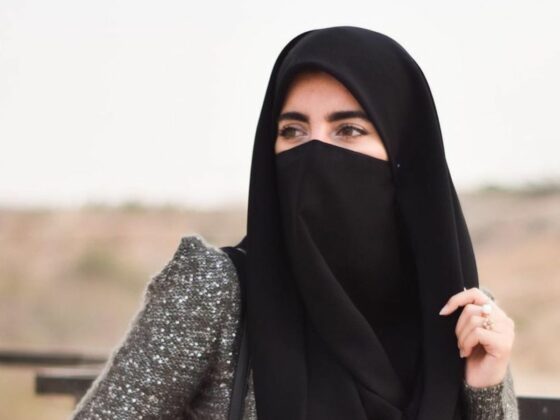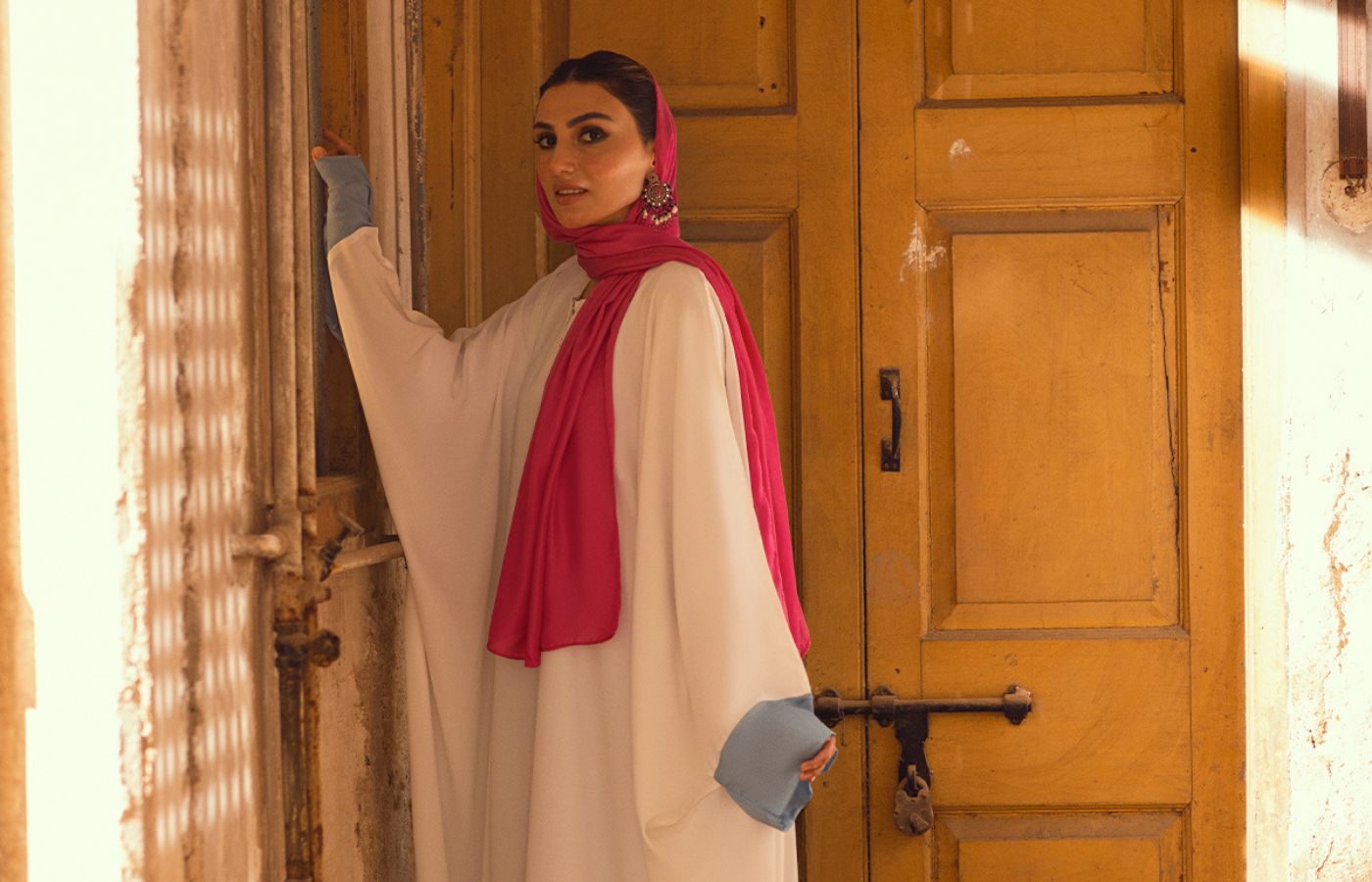In a world that often seeks to categorize, it is crucial to recognize the power we hold within ourselves to shape our own identities. The phrase “It’s only you who has the power to define yourself” talks about the empowering concept that we alone can determine who we are and who we want to become.
This sentiment holds particular significance for women in Pakistan, particularly those who choose to wear Hijabs and Abayas, as they often face unfair labeling and stereotypes. Despite the societal pressures and misconceptions, it is essential not to let these obstacles come in between one’s choices and preferences.
By embracing the Hijab and Abaya as personal expressions of faith and modesty, women in Pakistan can empower themselves. In the following article, we will talk about the challenges faced by women wearing hijabs in Pakistan and shed light on the ways in which these women can empower themselves.
Fighting against the Odds
While navigating through the judgments and stereotypes, it is important for women wearing Hijabs and Abayas in Pakistan to empower themselves. This strength lies in embracing their choices and not allowing the opinions of others to define them.
By confidently wearing the Hijab and Abaya, these women can challenge societal norms. They can demonstrate that their choice of attire is not a symbol of extremism or pickiness but rather a reflection of their faith, modesty, and personal values.
There are multiple Abaya brands in Pakistan that has a variety of options available for women who prefer to have a unique look while embracing their modesty. In a supportive community, women can find strength and encouragement to stay true to their choices and overcome the challenges they may encounter.
Types of Abayas and Hijabs women wear in Pakistan
One of the most common types of Abayas worn in Pakistan is the traditional black Abaya. This style is characterized by its loose-fitting that drapes elegantly from the shoulders to the ankles, providing maximum coverage. Abaya in Karachi is available in multiple markets and online as well. You can find mostly black Abayas in the local markets.
Another popular type of Abaya in Pakistan is the open-front Abaya, also known as a kimono-style Abaya. This style typically features a front opening and is worn over a modest inner garment. Open-front Abayas offer versatility and allow for easy movement while maintaining modesty.
Maxi Abayas has gained significant popularity among Pakistani women in recent years. These Abayas feature long, flowy designs that have a modern twist to traditional attire. With the convenience of online shopping, women across Pakistan can explore a vast selection of maxi Abaya online. They can choose from a wide range of colors, patterns, and designs, ensuring they find an Abaya that suits their personal style and preferences.
Conclusion
From traditional black Abayas to open-front Abayas and trendy maxi Abayas, women can choose styles that resonate with their individuality. By embracing their choices, women in Pakistan empower themselves, inspiring others to do the same and fostering a society that celebrates diversity, authenticity, and self-expression. Ultimately, it is through the power of self-definition that women can shape their own narratives












